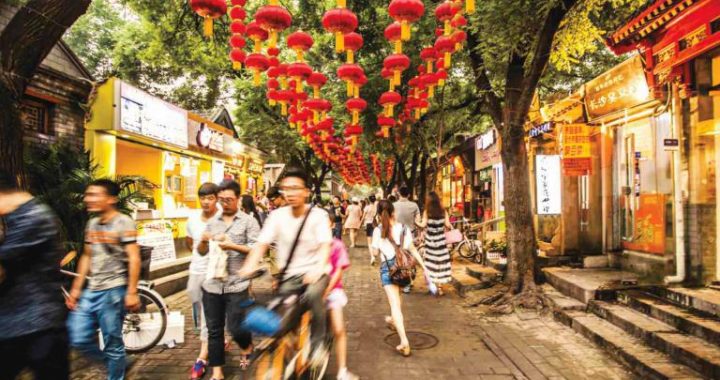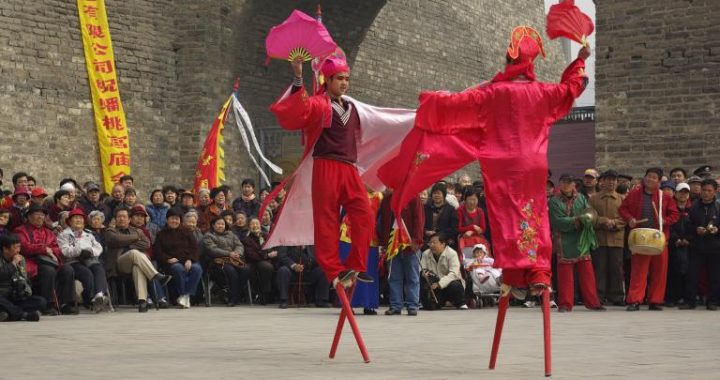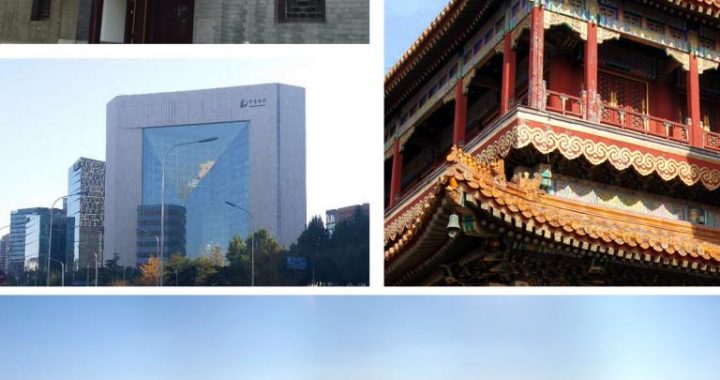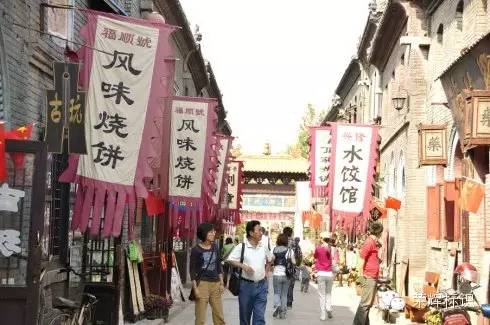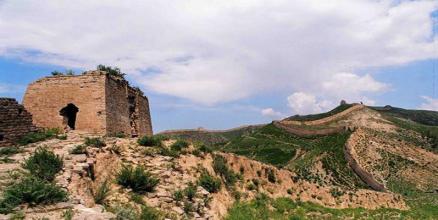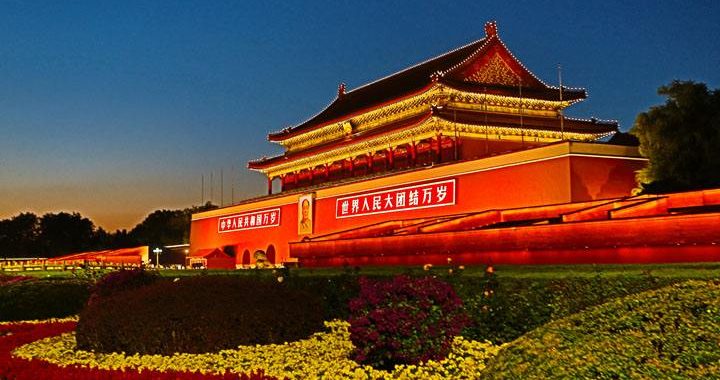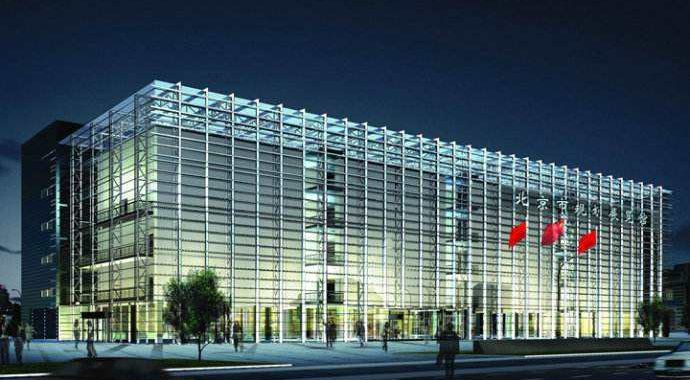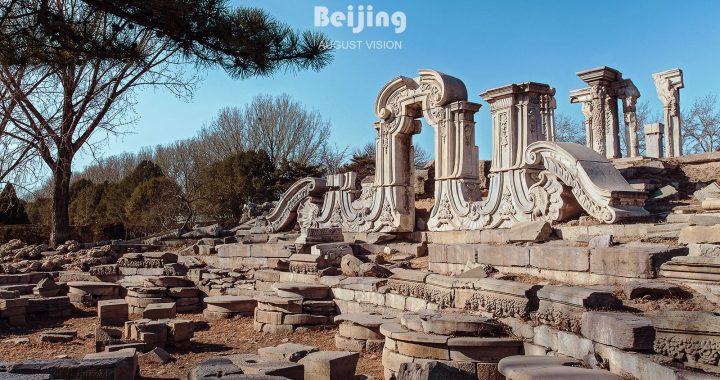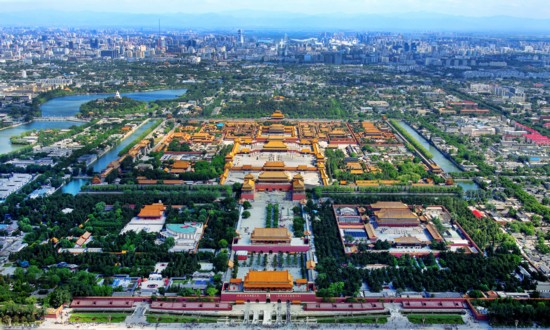MING TOMBS
3 min readThe tombs of 13 Ming dynasty emperors and their consorts are scattered in a gorgeous valley 28 miles (45 km) northwest of Beijing. All but three of the Ming emperors are buried here. The first Ming emperor lies in Nanjing the tomb of the second emperor remains unknown as he had his throne usurped by his uncle a uncle and another emperor was considered illegitimate and wasn’t given the honor of an imperial tomb.

The site for the Ming Tombs(shisan ling) was carefully chosen as the imperial cemetery by fengshui masters after careful examination of the surrounding area on orders from the indefatigable Emperor Yongle who also commissioned the Forbidden City and Temple of Heaven. Once a year, sitting emperors would come here to perform extravagant rituals for their ancestors in order to keep their spirits placated.
For the history-conscious and family-centered Chinese, filial piety, in life and in death, was of utter importance show disrespect to your father was a capital crime.
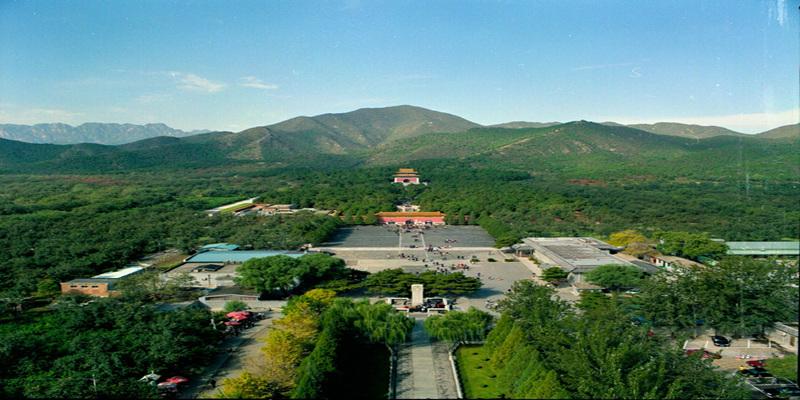
Entrenched by Confucian values and the belief that ancestors require the occasional sign of deference, lest they cause trouble in the living world, ancestor worship became one of the central tenets of Chinese religious practices the importance laid upon showing proper filial piety of the emperors, many of whom began construction of their tombs as ith construction ending only when they moved in.
The Memorial Arch(paifang), built in1540, marks the entrance to the valley.At 39 feet (12 m) high, 102 feet (31 m) wide and sporting six intricately carved arches, this is the fithat no expense; spared when the emperors constructe their final self- -monuments. Continuing along the path leads to the Grand Red Gate(dahongmen), which was built in 1426. At this point all worshippers had to dismount from their horses and carriages and walk the rest of the way. Further behind this gate is a Stele Pavilion (beiting)that’ s held up by four large ornate columns. Inside this pavilion stands China’s largest stele, which is carved with the names of past Ming emperors. Exquisitely carved, this stele was completed in 1435 and is held up by mythical turtles, a symbol of longevity.
Once past the pavilion is the mythical Spirit Way(shen dao). The path is lined with animals and mystical beasts like the qilin(qilin麒麟) with horned heads and scaly bodies, seers of wisdom, and the xiezhi(xiezhi獬豸) with lion heads and horse bodies,seers of justice. There are also four statues each of military, civilian and imperial officials, who serve the emperor in his afterlife. (dingling). The tombs were built with symbolism in mind. In front of the tombs are square courtyards representing earth. This is where the aboveground buildings are and it was in these buildings where the memorial rituals were performed. Behind the courtyards are the circular tomb mounds representing heaven.
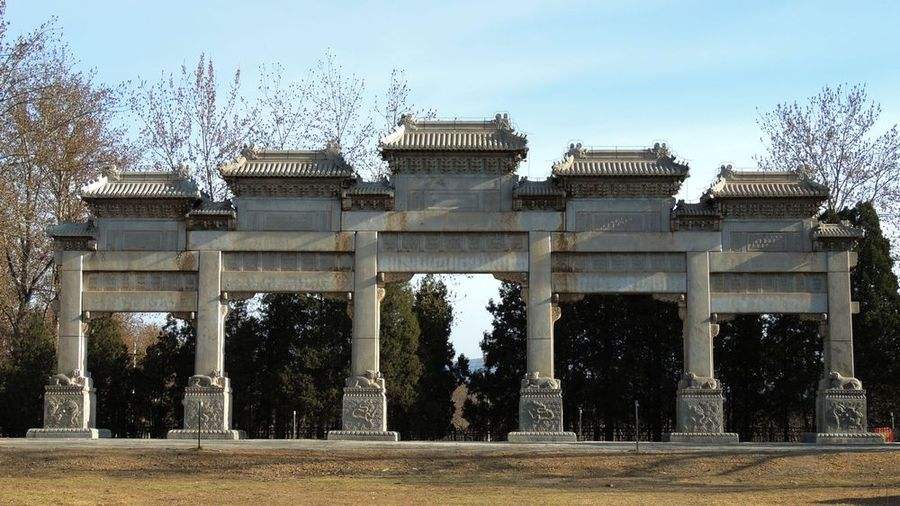
The Dingling Tomb is the burial site of the Wanli emp with him. The extremely well-built tomb took over 600 laborer’s six years to complete.
Excavation of the tomb occurred from 1956 to 1958. The underground chamber was discovered through sheer luck when archeologists discovered a stone tablet left by the original builders. The stone tablet gave instructions on how to find the tomb this was necessary when the tomb was opened for the burial of the emperor. Opening the tomb doors was also exceedingly difficult: the designers created an ingenious door-locking mechanism that sealed the doors behind them. Around the Dingling Tomb are exhibition halls displaying various artifacts founds in the tomb, and the underground burial chamber itself is open for public viewing.
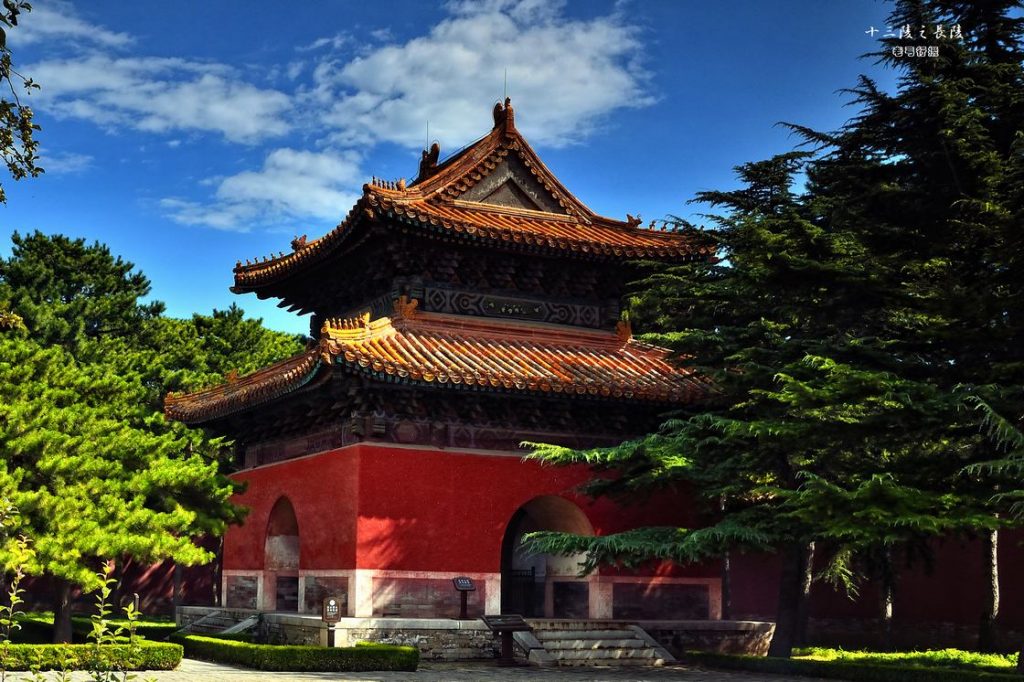
The Yongle emperor and his empress are buried in the Changling Tomb. This tomb was the first and largest of the Ming tombs. Completed in1427, this complex took28 years to complete. Exquisitely built, this tomb features one of the largest halls in China. Huge columns and architecture along the same lines as the grandiose Forbidden City allow the aboveground portions of this tomb to cast the emperor’s long shadow even in death.
